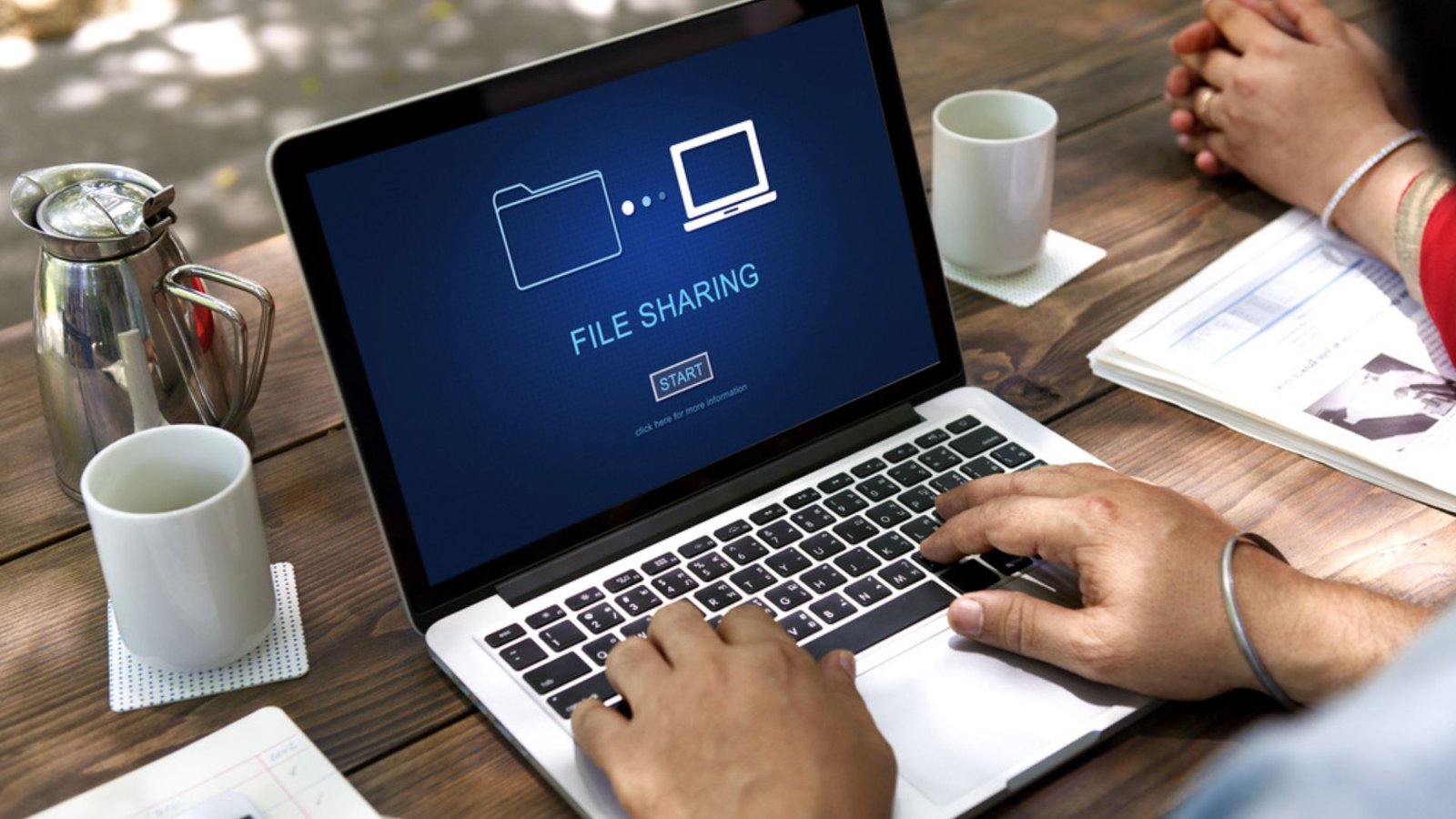How to Ensure Data Privacy in Audio Conferencing
In today’s world, maintaining data privacy in audio conferencing is more important than ever. With sensitive information often being discussed, ensuring that your audio conferences are secure is crucial. Here’s how you can protect your data and keep your communications private.
1. Use Encrypted Audio Conferencing Platforms
The first step in ensuring data privacy in audio conferencing is to choose a platform that offers end-to-end encryption. Encryption ensures that only participants with the correct decryption keys can access the audio content of your conference. Verify that your chosen platform uses strong encryption standards to protect your conversations.

2. Set Up Strong Access Controls
Implement strong access controls to restrict who can join your audio conferences. Use unique, complex passwords and enable features like waiting rooms to control participant entry. Limiting access helps prevent unauthorized individuals from joining and listening to your discussions.
3. Regularly Update Your Software
Keeping your audio conferencing software up to date is essential for data privacy in audio conferencing. Updates often include security patches that address vulnerabilities and enhance privacy features. Regularly check for and install updates to ensure your software remains secure against emerging threats.
4. Use Two-Factor Authentication
Two-factor authentication (2FA) adds an extra layer of security to your audio conferencing software. By requiring a second form of verification in addition to your password, 2FA helps ensure that only authorized users can access your meetings. This is a critical step in ensuring data privacy in audio conferencing.
5. Educate Participants on Security Practices
Educate all participants on best practices for maintaining data privacy in audio conferencing. Advise them to use strong, unique passwords and to be cautious about sharing meeting details. Awareness and training help prevent security breaches caused by human error.
6. Monitor and Control Audio Conference Settings
Most audio conferencing tools allow you to manage settings related to privacy. Make sure to adjust these settings to maximize security. Disable features like auto-recording if not needed, and review permissions to ensure that only necessary features are enabled.
7. Avoid Using Public Wi-Fi
Public Wi-Fi networks can be insecure and prone to interception. To protect data privacy in audio conferencing, avoid using public Wi-Fi for sensitive meetings. Instead, use a secure, private network or a VPN to ensure your connection is encrypted and safe from prying eyes.
8. Record Meetings Securely
If you need to record your audio conferences, ensure that the recordings are stored securely. Use encryption to protect recorded files and restrict access to authorized individuals only. Proper handling of recordings is crucial for maintaining data privacy in audio conferencing.
9. Implement Secure Data Storage Practices
When storing any data related to your audio conferences, including recordings and participant details, use secure storage solutions. Encrypt files and limit access to those who need it. Secure data storage practices help safeguard sensitive information from unauthorized access.
10. Regularly Audit and Review Security Measures
Conduct regular audits of your audio conferencing security measures to identify potential vulnerabilities. Review your privacy settings, access controls, and encryption protocols to ensure they remain effective. Regular audits are a proactive approach to maintaining data privacy in audio conferencing.
11. Use Secure Authentication Methods
Secure authentication methods are essential for protecting access to your audio conferencing software. In addition to 2FA, consider using biometric authentication or hardware tokens for added security. These methods provide an additional layer of protection against unauthorized access.
12. Restrict Screen Sharing and File Transfers
Control who can share their screen or transfer files during your audio conferences. Limit these capabilities to trusted participants and disable them for others. Restricting screen sharing and file transfers helps prevent accidental or malicious disclosure of sensitive information.
13. Regularly Update User Permissions
Review and update user permissions regularly to ensure that only authorized individuals have access to your audio conferencing software. Remove access for individuals who no longer need it and adjust permissions as necessary. Properly managed permissions are a key component of privacy in audio conferencing.
14. Use Reliable Audio Hardware
Using high-quality, reliable audio hardware can prevent technical issues that might compromise data privacy in conferencing. Invest in good microphones and headsets to ensure clear and secure communication. Proper hardware also helps in minimizing disruptions that could lead to security risks.
15. Secure Your Meeting Invitations
Ensure that meeting invitations are sent securely and that the links are protected. Avoid sending invitations via unsecured channels like email without encryption. Use secure methods for distributing meeting links to maintain data privacy in audio conferencing.
Uncover More Casino Games with King Johnnie
Want to discover exciting games? Head to https://www.kingjohnnie.me/en/casino-games, where you can explore a wide variety of casino games. King Johnnie continuously updates its offerings, ensuring that players always have fresh and exciting options to enjoy. From classic casino games to innovative new features, there’s always something new to try.
Conclusion
Ensuring data privacy in audio conferencing involves a combination of choosing secure platforms, implementing strong access controls, and following best practices for data protection. By taking these steps, you can safeguard your conversations and maintain the confidentiality of your information. Regular updates, education, and secure practices are key to keeping your audio conferences private and secure.



